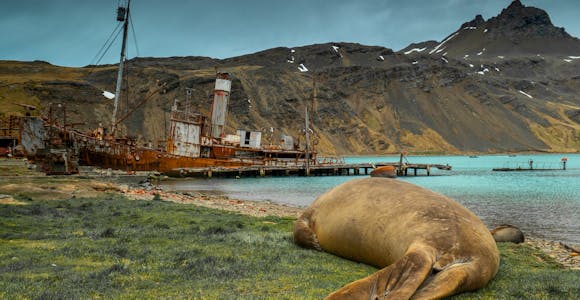
Grytviken
Raise a toast to Shackleton and walk around the rusting ruins of the old whaling station at Grytviken, the historic heart of South Georgia.
Discover More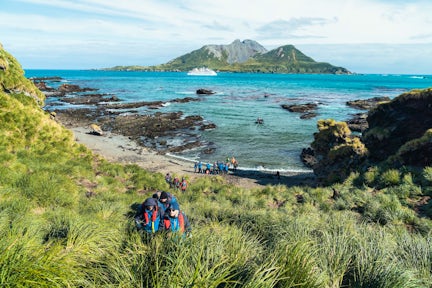
Following the path through the tussock to view the macaroni penguin colony at Cooper Bay
Lying near the southern tip of South Georgia, Cooper Bay is a charmingly green landing site. It has a relatively sheltered location, meaning that it often avoids the worst of South Georgia's weather. The bay is named for Lieutenant Robert Cooper, who served on Captain James Cook's voyage here in 1775.
There are three coves in the bay, surrounded by dramatic cliffs and facing Cooper Island, which gives the bay much of its protection against storms. Until the successful conclusion of the rat eradication programme in 2018, Cooper Island was a key retreat for the South Georgia pipit, whose song can now be happily heard by those landing on the mainland here.
As the most southerly landing site in South Georgia, Cooper Bay is often visited in conjunction with a ship cruise to nearby Drygalski Fjord. The contrast between with vast blue ice cliffs of the glaciers there and the comparatively cosy green of the tussock grass and fellfield of Cooper Bay is one of the most striking on the island.
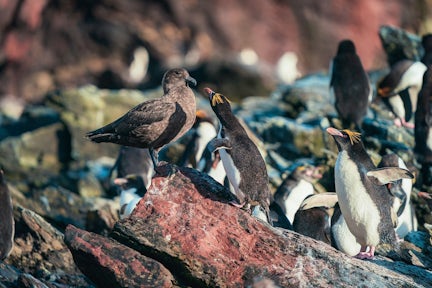
Macaroni penguins argue with a brown skua at Cooper Bay
The wildlife at Cooper Bay is simply tremendous. All four of South Georgia's breeding penguin species can be spotted here: macaronis, gentoos, chinstraps and kings. Light-mantled sooty albatross, southern giant petrels and brown skuas all nest here, along with smaller burrowing petrels who make their home in the tussock, including white-chinned petrels and Wilson's storm petrels. Their numbers have increased since the successful rat eradication programme, along with South Georgia pipits and pintail ducks.
The beaches at Cooper Bay are thick with fur seals and elephant seals throughout the summer months.
Price Match Promise - We’ll match any price you find elsewhere for the same trip
All visits to Cooper Bay must be made in accordance with the site visitor management plan produced for the site by the Government of South Georgia and the South Sandwich Islands.
There are two possible landing areas at Cooper Bay, both next to each other on the northern side of the bay. The main beach is quite small but from here it is possible to follow a marked route through the tussock to view the macaroni penguin colony. It is important not to diverge from the path as several species of burrowing petrel nest here, along with giant petrels and brown skuas. Visits may also be made at the beach at neighbouring Albatross Cove, although landings can be tricky at in early summer due to the density of adult male fur seals.
Zodiac cruises in the southern part of the bay offer the chance to see chinstrap penguins and well as kings and chinstraps, but landings are not permitted here.
NOTE: Ship itineraries and visits to specific landing sites in South Georgia can never be guaranteed. Plans can change as fast as the polar weather: decisions on which locations to visit are always made on the day by the ship's captain and expedition leader.

Raise a toast to Shackleton and walk around the rusting ruins of the old whaling station at Grytviken, the historic heart of South Georgia.
Discover More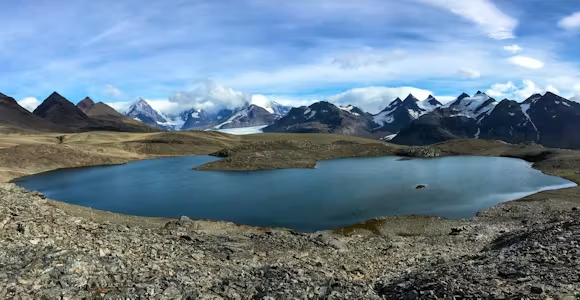
Fortuna Bay is home to one of South Georgia's most charming king penguin colonies, and offers the chance to recreate the historic Shackleton Walk to Stromness.
Discover More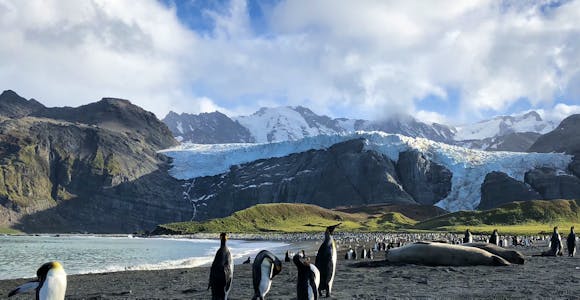
With its hanging glaciers towering over a beach dense with penguins and seals, few locations in South Georgia are as dramatic as Gold Harbour.
Discover More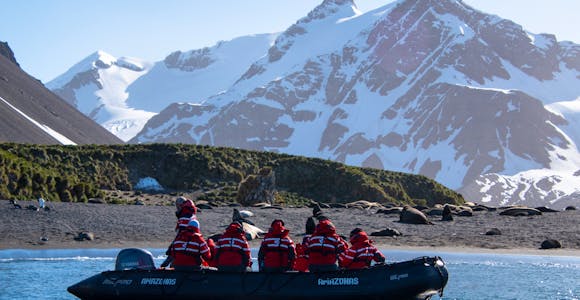
Right Whale Bay is home to a large king penguin colony that stretches up the hill from the beach, and immense numbers of fur seals.
Discover MoreWe'll spend some time listening to your aspirations, then discuss the kind of experience that might suit you.
Next we'll discuss the options, shortlist the best trips for you and present you our impartial recommendations.
We'll place a 24 hour hold on your preferred option - without obligation - whilst we talk through the details.